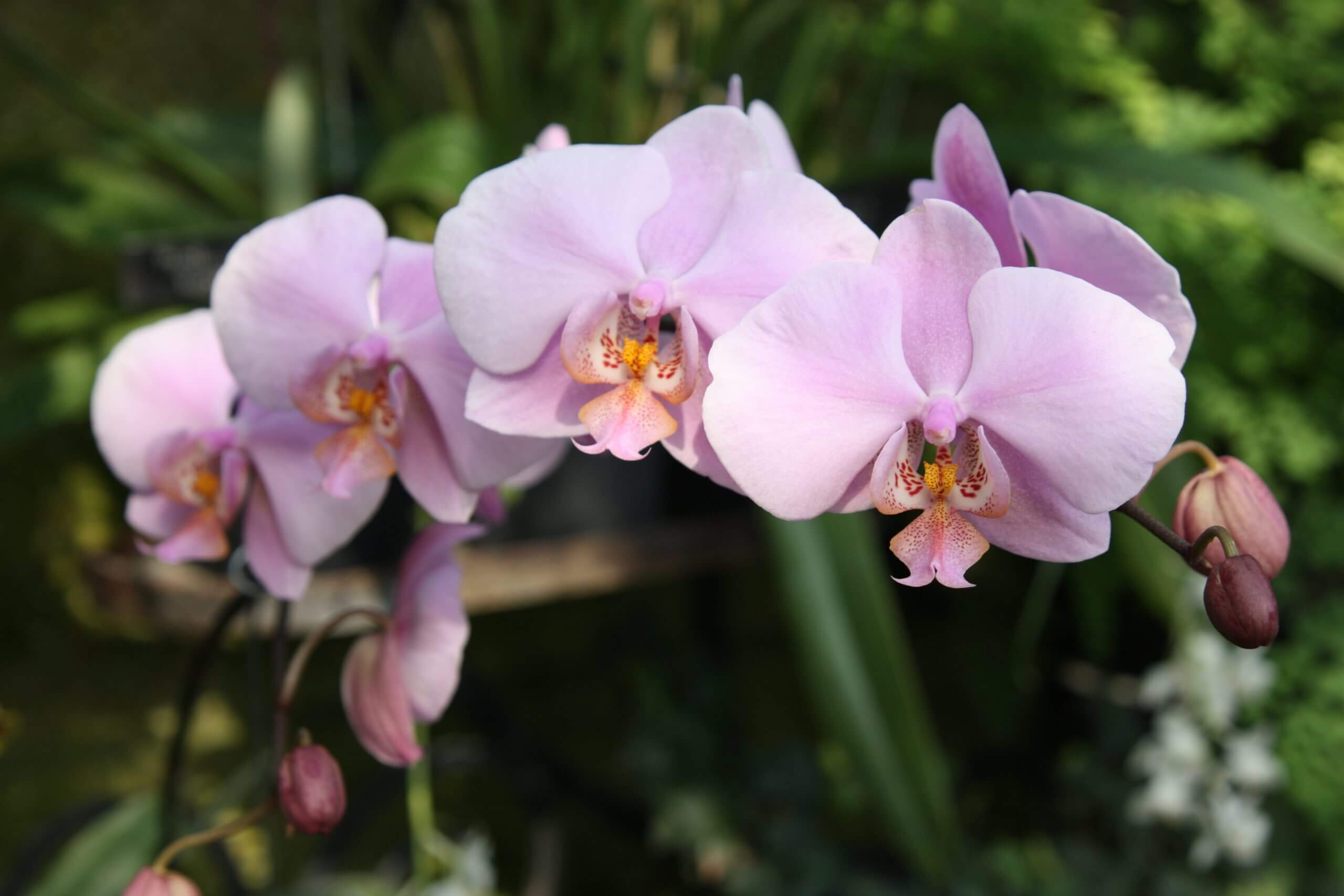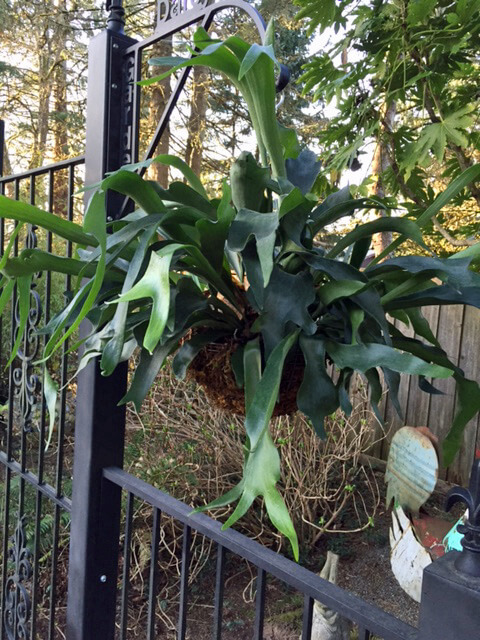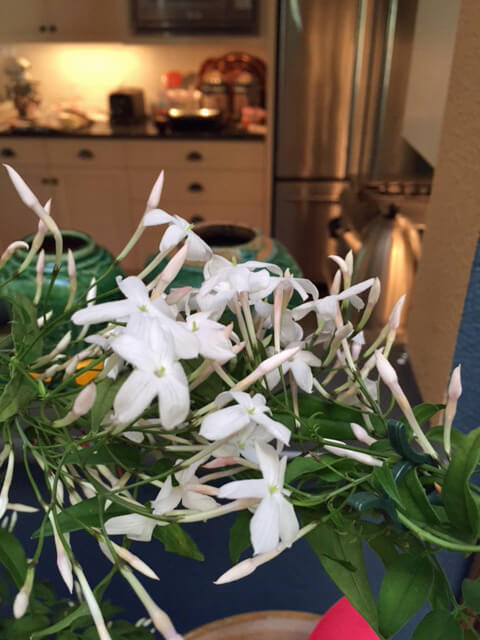
While house plants are not generally something that we have many of in our house, we do have several, one of which is a very tough survivor. I enjoy seeing them in other homes that I visit and my wife will often bring home one that is temporary and often related to a particular season. The exception to this would be orchids, which we often have blooming throughout the year.

Corn Plant
When I mentioned ‘tough survivor’, I was referring to the corn plant (Dracaena fragrans), which my wife bought many years ago. It has not only survived but thrived in our house in spite of often being neglected. The corn plant gets its name from the fact that the leaves look similar to the corn that we grow as a food crop, and quite often plants will have a yellow stripe in the center of each leaf. The plant we have is situated by a window and gets filtered light but no direct sunlight. With their long leaves and erect stems, which can reach 6 ft in length, it can make quite a statement in a room.
While I knew corn plant was a Dracaena, I had never thought about the possibility that it might bloom until I received this letter from a listener to my radio program.
“Two years ago my husband purchased this corn plant for its foliage and neither of us had any idea that it bloomed. Last March we observed blossoms forming but the real surprise came a week later. At dusk we would begin to smell a wonderful almost hyacinth or heavy lilac-like fragrance creeping through the house that lasted most of the night. For well over 2 weeks we enjoyed the blooms and increasing fragrance with approaching night.”
Curious, I then looked up the name and discovered it was Dracaena fragrans, with ‘fragrans’ meaning fragrant. It was a very pleasant learning moment and reminded me that my own plant was in dire need of being replenished with new soil. I took it outdoors and lifted it out of the pot it had been in for many years and shook much of the old soil off. Then I repotted it in Black Gold Natural & Organic Potting Soil, and my plant has since thanked me many times.

Staghorn Fern
A group of plants that are sometimes seen in local garden centers are staghorn ferns, (Platycerium spp). These have always interested me, and in our Pacific Northwest climate they can be grown outside in the summer. Staghorn ferns are epiphytes, and in their native rain forest environment they grow attached to tree trunks, though they are not parasitic. We see them in garden centers attached and growing on boards and sometimes on pieces of bark from a tree. Growing outdoors, they need shade or filtered sunlight. Last year I was given one that was growing in a hanging basket, and I hung it from an iron hanger under the shade of fir trees. It thrived and, not wanting to lose it, I brought it indoors before cold weather arrived, and it has continued to thrive. It makes a very dramatic statement in the house.
White Jasmine
White jasmine (Jasminum polyanthum) can be a risky plant to grow outdoors here in the winter, but it makes a wonderfully fragrant house plant. They are usually sold in bud and/or bloom, and the white flowers provide long-lasting color and fragrance that lasts for several weeks. They are often sold and marketed around holidays, such as the one in my house with red ribbon for Valentine’s Day.
Since all plants grow outdoors in some part of the world, we need to experiment with those that can adapt to being grown in the home. Conditions in a house vary widely and some plants may perform well in one room and not another. Many gardeners will grow winter-tender plants outdoors in the summer and then use them indoors for the winter. For those with small-space gardens, or those living in apartments or condominiums, a combination of house plants and outdoor potted plants can provide a sense of a garden throughout the year. Whether one gardens indoors or outdoors, or perhaps a combination of both, part of the fun of gardening is experimenting.


